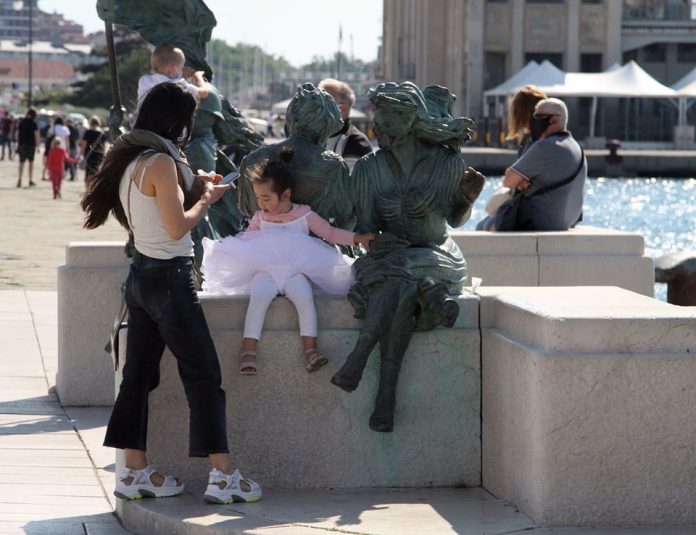by MK
Italian schools are becoming ever more multi-ethnic according to recent studies and the report posted in the national newspaper La Repubblica this week, underlying that many foreign students still lack citizenship rights. In the world where the only constant is change and immigration has always preceded integration, how can we make sure the kids who will become the future of their host country, speak the same language?
The numbers speak for themselves as statistics show that one out of five students in Italy is foreign (born to non-Italian parents). Just twenty years ago Italy’s primary schools hosted fifty thousand non-Italian students. By the year 2022 the number had risen to 814,000. This academic 2022/2023 year, Italy’s education system has welcomed 889 thousand students, as la Repubblica states.
Italy’s Northeast hosts the highest concentration of non-Italian students, whereas Emilia Romagna is the region with the highest average of non-Italian children per class, 8.4 percent. Milan, as province capital, has a considerably higher average at 11.6 percent.
Italy differs from other European nations with longer multi-cultural traditions, such as Germany, France, and Great Britain. Unlike its European counterparts, Italy has witnessed extremely rapid demographic change within the peninsula in the recent decades, but was it prepared for it?
In legal terms, kids born to an Italian mother or father are granted Italian citizenship via jus sanguinis (Latin for the “right of blood”), which means that the child of an Italian citizen is automatically an Italian citizen from birth. However, Italy’s current citizenship law states that a child born in Italy to immigrant parents can only apply for citizenship at the age of 18 after having legally resided on the Italian territory continuously. The law dates back to 30 years ago when foreign students in Italian schools were about 0,32%.
The so-called jus scholae (Latin for the ‘right to school’) revolutionary citizenship reform, which would have made thousands of students born in Italy to immigrant parents eligible for Italian citizenship, was overturned. There are over one million second-generation immigrants who were born in Italy or arrived in the country at a very young age that don’t have Italian citizenship and for them ius scholae law would have been the long-awaited right. In layman’s terms, my dark skin neighbor who was born in Muggia and speaks perfect Triestino has less rights than me, an outsider, an immigrant or expats, who married an Italian citizen and was therefore granted the right to apply for the Italian citizenship.
A striking example where jus scholae would’ve worked in Italy’s favor was of Pordenone born and raised, Mifri Veso, whose parents are Congolese, and who at only 16 was unable to take part in the international track & field competition as part of the Italian national team due to the lack of Italian citizenship. “It is unfair as I feel I am Italian,” Mifri told the local news.
Friuli Venezia-Giulia, a border region which is in direct contact with the ongoing immigration, had 21.251 foreign students in the 2021/2022 academic year, out of which 3.266 were in Trieste.
Back in schools, communication difficulties and intercultural understanding are issues that Italian teachers and their students must face daily. The demands of such rapid demographic change prompts the question as to how prepared Italian schools are to respond to the changing needs of Italy’s ever growing multi-ethnic population, and is integration in these conditions really possible? How can we make sure the kids, which will become the future of their host country, speak the same language?





























